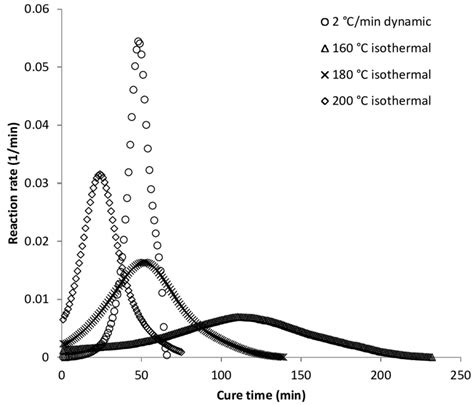Resin Cure Time: Factors & Solutions
Resin curing, the process where liquid resin transforms into a solid, durable material, is crucial for countless applications, from crafting jewelry to building industrial components. Understanding resin cure time, and the factors that influence it, is essential for achieving successful projects. This comprehensive guide will delve into the intricacies of resin curing, exploring the key factors that affect its speed and offering solutions to common problems.
What Affects Resin Cure Time?
Several factors interact to determine how long your resin takes to cure. Understanding these will help you predict and control the process.
1. Type of Resin:
Different resins have vastly different cure times. Epoxy resins, for example, are known for their longer cure times compared to polyurethane resins, which generally cure faster. The specific formulation of the resin itself, including the type of hardener used, plays a significant role. Always consult the manufacturer's instructions for the precise cure time estimates for your chosen product.
2. Temperature:
Temperature is a significant factor. Higher temperatures generally accelerate the curing process, while lower temperatures slow it down. Ideal curing temperatures are usually specified on the resin's product data sheet. Extreme temperatures, however, can negatively impact the final product's strength and clarity.
3. Humidity:
High humidity can hinder the curing process, especially for certain types of resins. Excess moisture in the air can interfere with the chemical reactions necessary for complete curing, potentially leading to a sticky or tacky finish. Maintaining a low-humidity environment is crucial for optimal curing in many cases.
4. Resin-to-Hardener Ratio:
Accurately measuring the resin and hardener is paramount. Using an incorrect ratio can significantly alter the cure time and potentially compromise the final product's quality. Always use a precise measuring scale and follow the manufacturer's instructions meticulously. Inconsistent ratios can lead to incomplete curing or even an exothermic reaction (where heat is generated).
5. Pot Life:
This refers to the time the resin mixture remains workable after mixing. Once the resin and hardener are combined, the clock starts ticking. The pot life varies depending on the resin type and temperature. Working quickly and efficiently is crucial to avoid the mixture becoming unusable before application.
6. Additives:
Adding pigments, fillers, or other additives can affect the cure time. Some additives can accelerate curing, while others can slow it down. Always test small batches when incorporating new additives to observe their impact on the cure time.
Troubleshooting Common Resin Curing Issues:
H2: My Resin is Taking Too Long to Cure:
Several factors can cause prolonged curing. Ensure you're using the correct resin-to-hardener ratio, working within the ideal temperature range, and minimizing humidity. If the problem persists, consider if your resin is past its expiration date or if it has been improperly stored.
H2: My Resin is Curing Too Quickly:
Rapid curing can be attributed to excessively high temperatures or potentially an incorrect ratio (too much hardener). Try working in a cooler environment and double-check your measurements. Using a heat source to speed up the process can be helpful, especially for large molds, but remember that excessive heat might negatively impact the finished product.
H2: My Resin is Sticky or Tacky After Curing:
This typically indicates incomplete curing. This may be caused by high humidity, low temperatures, an incorrect mixing ratio, or using old or damaged resin. Ensure you're following all instructions precisely, and consider working in a better-controlled environment.
Conclusion:
Mastering resin cure time requires attention to detail and a thorough understanding of the factors involved. By carefully controlling the environment, meticulously following the manufacturer's instructions, and being aware of potential issues, you can ensure your resin projects are successful and produce high-quality, durable results. Always remember that safety precautions, such as proper ventilation and the use of protective equipment, should be followed throughout the resin-handling process.

